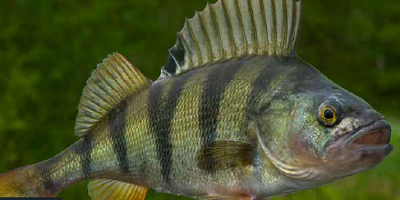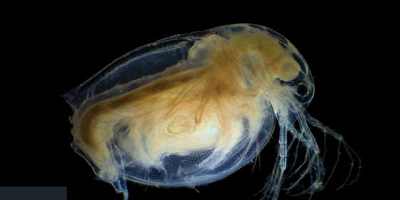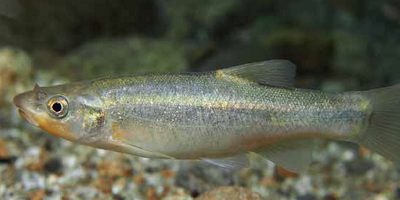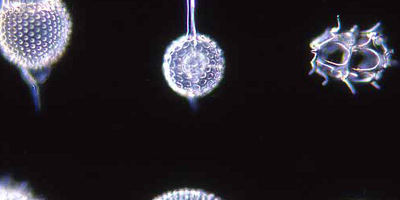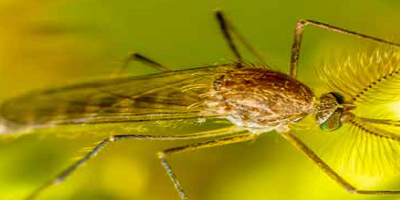"Endocrine disruptors (EDs) are compounds which can alter the normal functioning of the endocrine system and cause developmental and reproductive effects in humans and animals"

Visit our other sites
-
Fapas - Proficiency Testing
Globally recognised provider of proficiency tests, running over 400 tests annually across an extensive range of matrices and analytes
-
Great Crested Newts Testing
A single sample taken by an ecologist at any time during the newt breeding season can determine their presence or absence, saving you time and money
- Endocrine Disruptors are chemicals that interfere with human and animal hormone systems, and are capable of altering hormone balance and embryo development. Find out how we can help with relevant studies.
- Click here
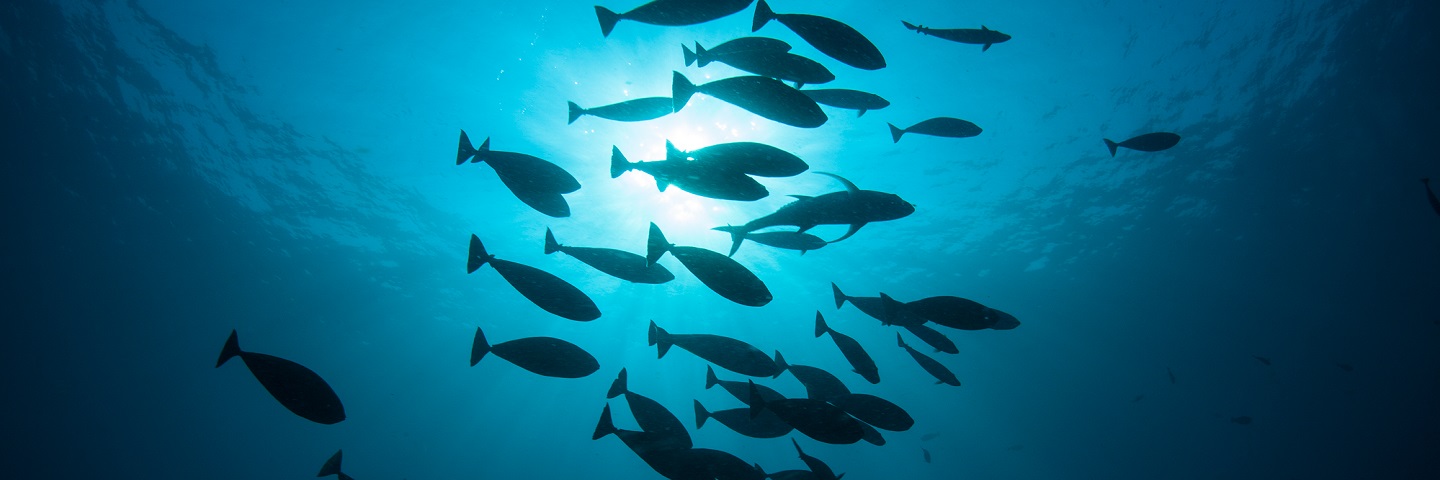
End to end support for Endocrine Disruptor (ED) Assessment
Fera Science and Enviresearch have collaborated to offer clients an end to end assessment of the endocrine disruptor properties of their substances.
Endocrine disruptors (EDs) are compounds which can alter the normal functioning of the endocrine system and cause developmental and reproductive effects in humans and animals. As both the exposed individual and its offspring. can be affected by endocrine disruption there are concerns about the longer-term impacts of endocrine disrupting chemicals for populations and ecosystems.
A diverse array of organic chemicals have been identified to have endocrine disrupting effects, including polychlorinated biphenyls (PCBs), organochlorine pesticides, plasticizers, surfactants, pharmaceuticals, natural and synthetic estrogens as well as phyto- and mycoestrogens. Many of these compounds can alter activity of the endocrine system at orders of magnitude below concentrations previously thought to be harmful to humans and animals, which poses a major challenge for the chemical industry.
"EU regulations for biocide products (2017/2100) and plant protection products (2018/605) now require products to be labelled as endocrine disruptors"
EU Regulations
Recent updates to the EU regulations for biocide products (2017/2100) and plant protection products (2018/605) now require products to be labelled as endocrine disruptors, if they have a demonstrated adverse effect in an individual or its offspring which is a consequence of an endocrine mode of action. In response to this the OECD have recently published a conceptual framework for endocrine disruptors that includes guidelines for measuring the effects of suspected endocrine disruptors on morphology, sexual development and reproduction. These guidelines identify biological markers that can be used to identify an endocrine mode of action.
Fera recruit the best. Karen Thorpe joins the team from York University
"Karen is an applied biologist working in the field of aquatic ecotoxicology for over 20 years. Karen understands the impacts of emerging environmental contaminants (including endocrine disruptors, pharmaceuticals, pesticides and plastics) on stress physiology and reproductive success of invertebrates and vertebrates, particularly fish. Part of Karen’s research work included a 10 year partnership with AstraZeneca in the UK, a global pharmaceutical company who focus is to push the boundaries of science to deliver life-changing medicines"
Karen Thorpe
SENIOR SCIENTIST

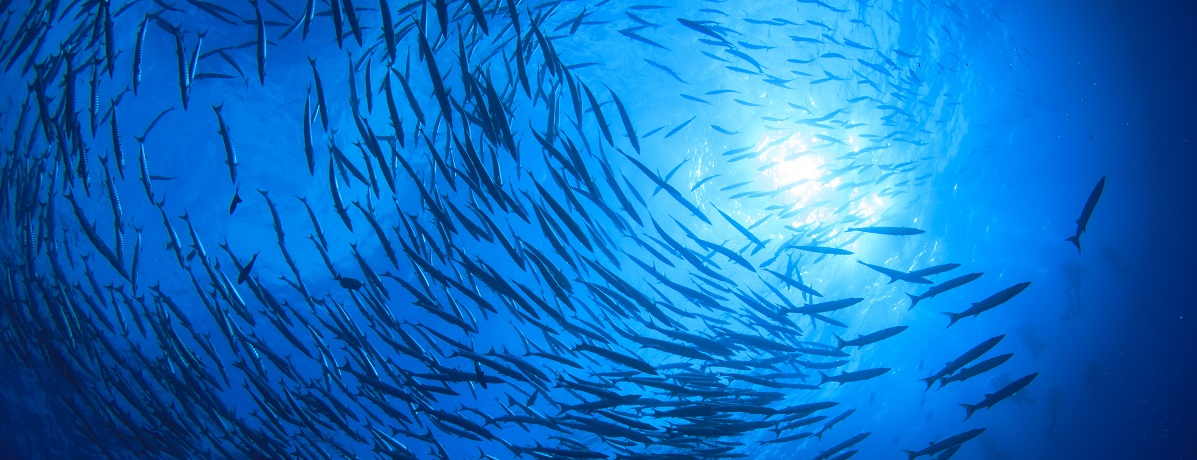
Areas of Expertise
-
Fish physiology and reproduction
-
Endocrine disrupting chemicals
-
Combination effects of simple and complex mixtures of environmental stressors
-
Aquatic Ecotoxicology
This appointment bolsters an already established and well experienced team (including Steve Mattock, Rachel Benstead, Nick Jarratt & many more) in the design and conduct of ecotoxicology studies which includes studies to assess the toxicity of test articles to a range of species, including: Aquatic Ecotoxicology, Soil Organisms, Terrestrial Organisms

Karen Thorpe
Karen brings a wealth of experience in the Aquatic Ecotoxicology sector and expertise in using model fish species to study the influence of chemicals on fish physiology and reproduction. Karen gained further expertise in the effects of a range of chemical and physical stressors on the fish endocrine and immune system through her Postdoctoral Research at the Universities of Exeter, Basel and Prince Edward Island.

Rachel Benstead
Rachel contributes actively to the scientific community by regularly presenting at international conferences, participating in expert workshops and acting as reviewer for international peer-reviewed journals. Her current post at Fera as Senior Aquatic Ecotoxicologist combines her key skills in multi-species ecotoxicology testing and stream ecological assessment for the design of mesocosm scale experimentation.
Our New State of Art Aquatic Laboratory
To complement the new E-Flows mesocosm ground breaking facility on site at Sand Hutton, Fera have also invested in the very latest aquatic testing laboratory equipment. This new facility consists of three testing laboratories and four water treatment/plant rooms, providing our experienced scientists with the space and latest instrumentation to deliver a premium analytical service for method validation and routine analysis required in support of compounds regulatory re-submissions or registrations.
Our Services
Fish Studies
| Test Guideline | Description |
|---|---|
| OECD 203 | Fish, Acute Toxicity Test |
| OECD 210 | Fish Early-life Stage Toxicity Test |
| OECD 215 | Fish, Juvenile Growth Test |
| OECD 229 | Fish Short Term Reproduction Assay |
| OECD 230 | 21-Day Fish Assay |
| OECD 234 | Fish Sexual Development Test |
| OECD 236 | Fish Embryo Acute Toxicity (FET) Test |
| OECD 240 | Medaka Extended One-Generation Reproduction Toxicity Study Test (MEOGRT) |
| OECD 305 | Bioaccumulation in Fish: Aqueous and Dietary Exposure |
The abundance of Chironomidae in freshwater systems and their sensitivity to environmental conditions make them ideal environmental indicators, as it allows us to reconstruct a highly detailed record of environmental and climatic change over thousands of years, accurate to within 1°C. Chironomids will only complete their life cycle if the environmental conditions are suitable. They are sensitive to:
- summer temperatures
- the relative acidity (pH) of the water
- amount of nutrients in the lake water
- the presence of pollution or trace metals
| Test Guideline | Description |
|---|---|
| OECD 201 | Freshwater alga and cyanobacteria, growth inhibition test |
| OECD 202 | Daphnia sp. acute immobilisation test |
| OECD 211 | Daphnia magna Reproduction Test |
| OECD 218 | Chironomid Toxicity Test Using Spiked Sediment |
| OECD 219 | Chironomid Toxicity Test Using Spiked Water |
| OECD 221 | Lemna sp. (Common Duckweed) Growth Inhibition Test Algal growth inhibition (freshwater and marine) |
| OECD 235 | Chironomus sp., Acute Immobilisation Test |
| OECD 239 | Water-Sediment Myriophyllum Spicatum Toxicity Test |
Study Factsheets

Chironomid Acute Immobilisation Test
This test is designed to determine the acute effects of the test material on Chironomid larvae.

Fish Acute Toxicity Test
This test is designed to determine the effects of the test material on fish. Fish species typically tested include rainbow trout, fathead minnow and zebra fish.
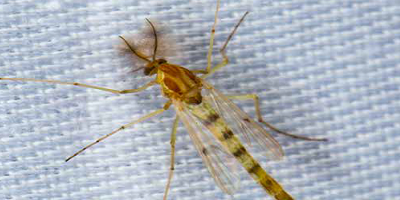
Sediment Water Chironomid Toxicity Test
This test is designed to determine the long-term effects ofthe test material on the freshwater dipteran Chironomus sp.,in a spiked water system.
Meet the rest of the team
Fera works closely with plant protection, biocide, animal health and chemical manufacturers to help develop effective, sustainable and safe products that enhance output whilst minimising adverse environmental impacts.
We're looking for the most talented and ingenious minds to help us tackle tomorrow's challenges with an innovative approach. Could you provide the answers?



